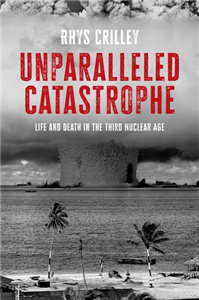Partners in deterrence
US nuclear weapons and alliances in Europe and Asia
by Stephan Frühling, Andrew O'Neil
From the dawn of the atomic age to today, nuclear weapons have been central to the internal dynamics of US alliances in Europe and Asia. But nuclear weapons cooperation in US alliances has varied significantly between allies and over time. Partners in deterrence explores the history of America's nuclear posture worldwide, delving into alliance structures and interaction during and since the end of the Cold War to uncover the underlying dynamics of nuclear weapons cooperation between the US and its allies. Combining in-depth empirical analysis with an accessible theoretical lens, the book reveals that US allies have wielded significant influence in shaping nuclear weapons cooperation with the US in ways that reflect their own, often idiosyncratic, objectives. Alliances are ecosystems of exchange rather than mere tools of external balancing, Frühling and O'Neil argue, and institutional perspectives can offer an unprecedented insight into how structured cooperation can promote policy convergence.

























